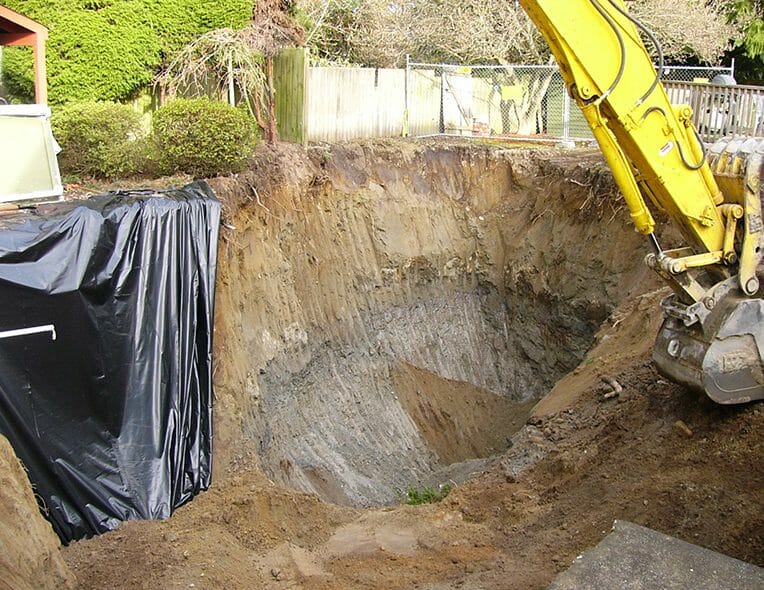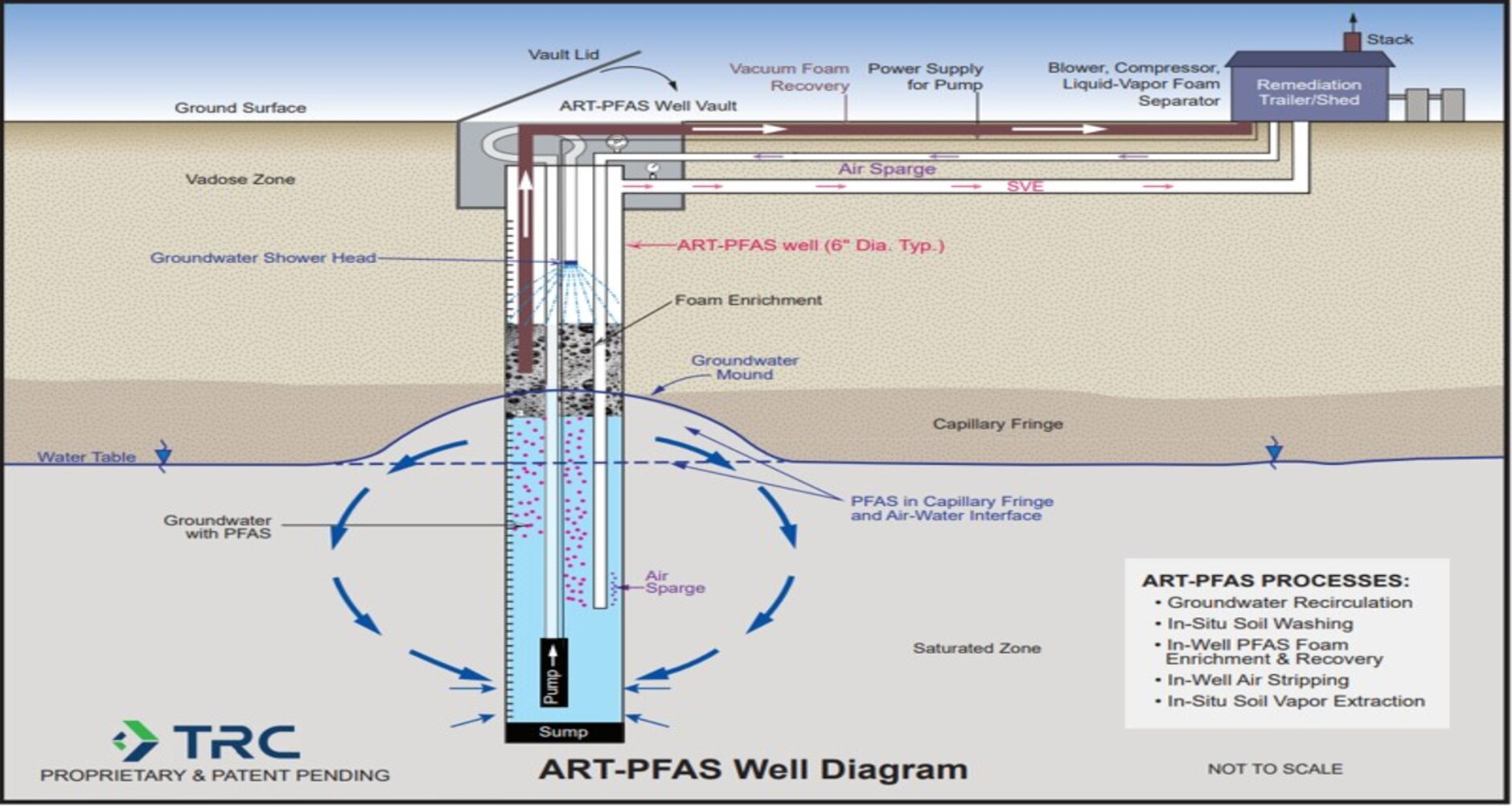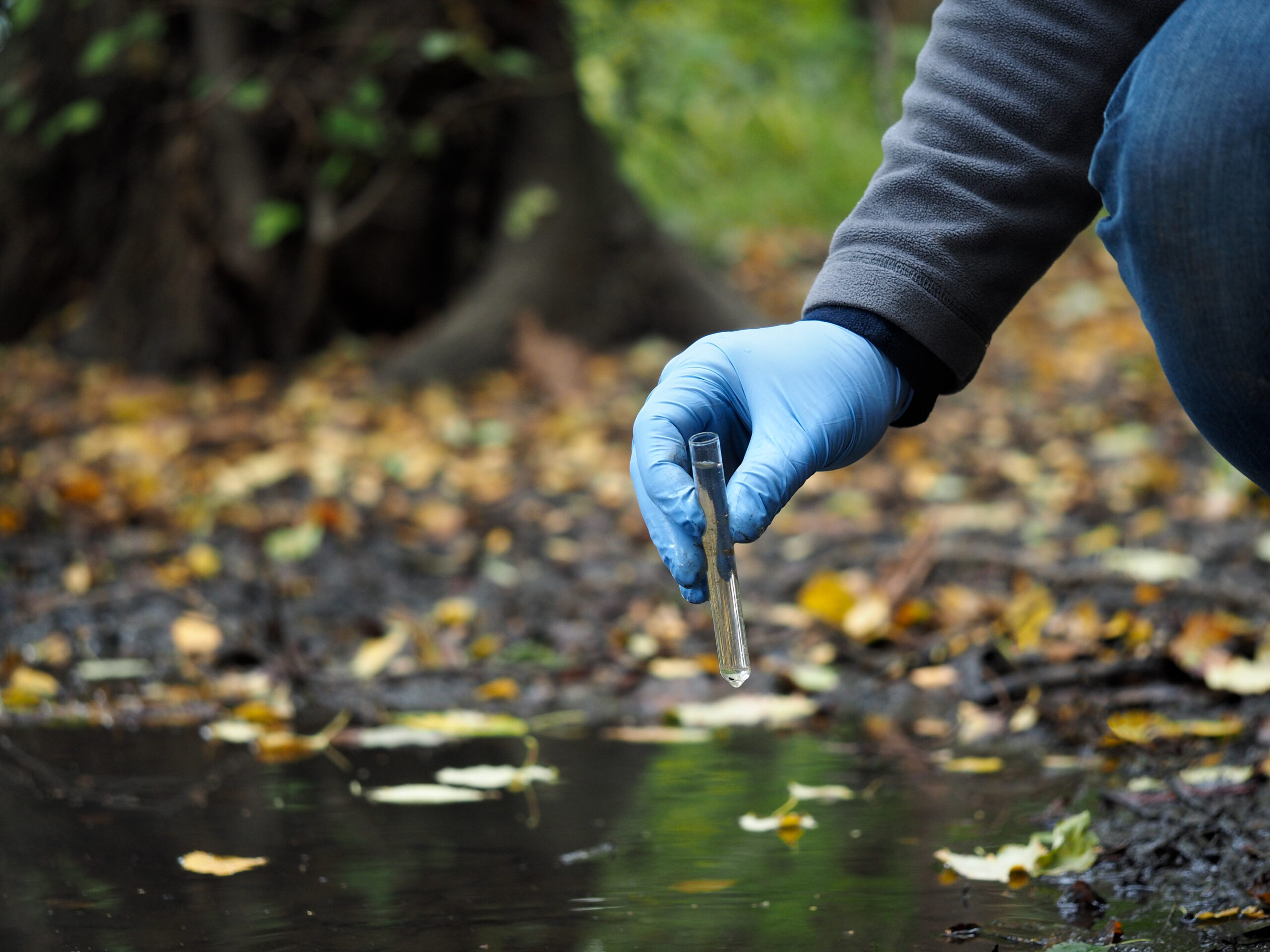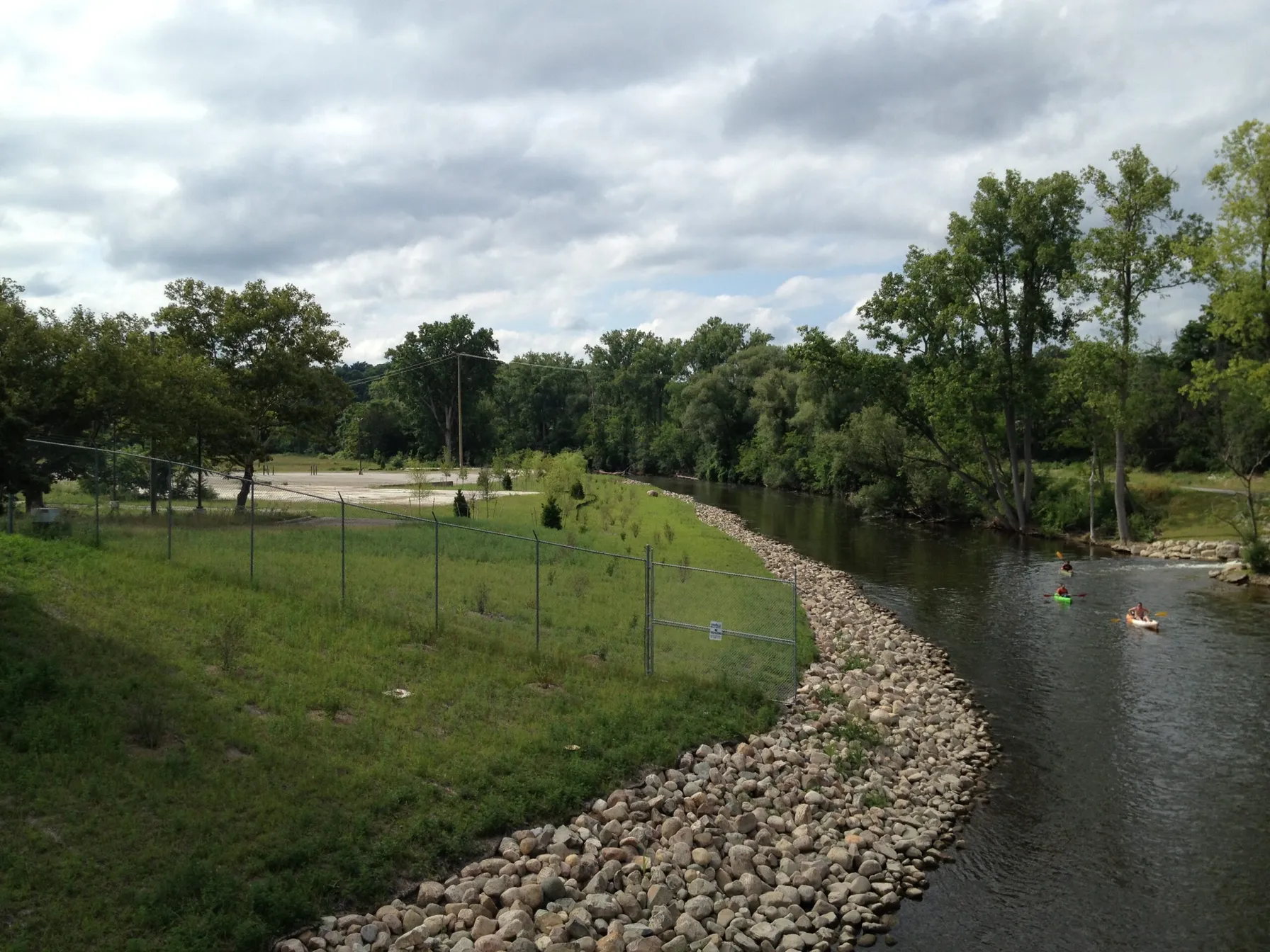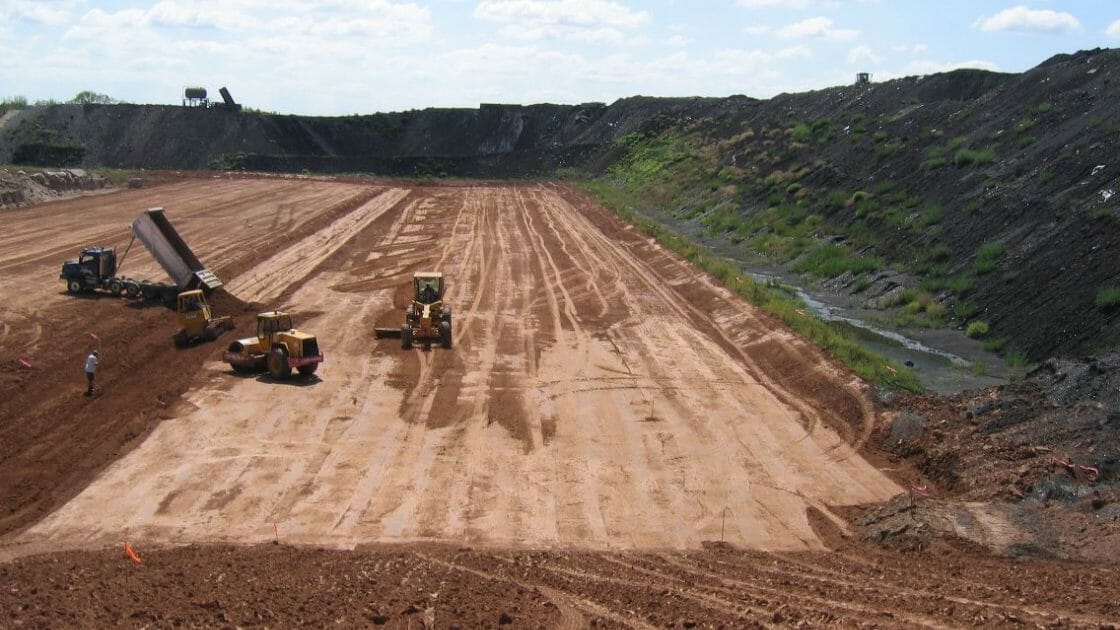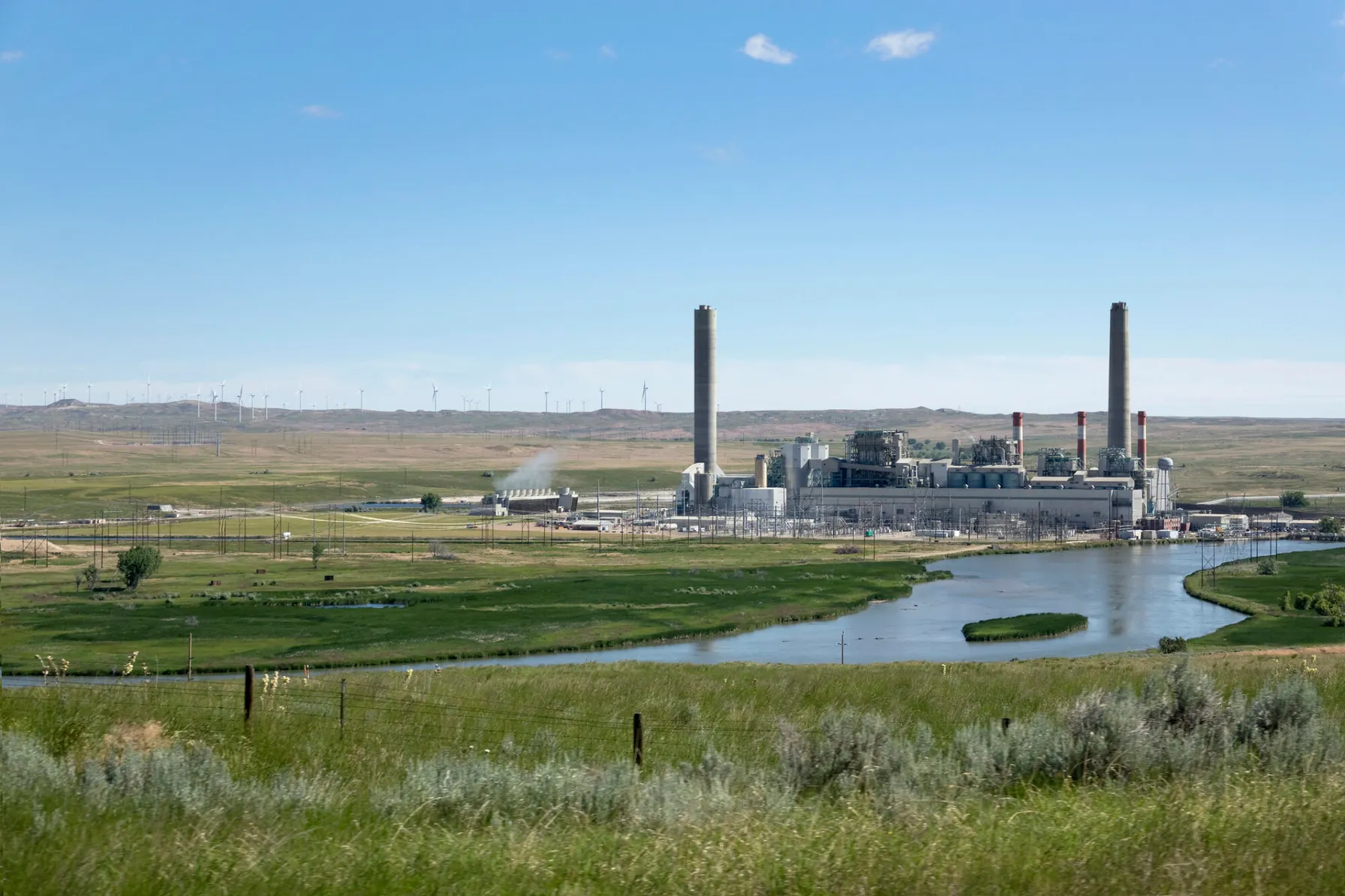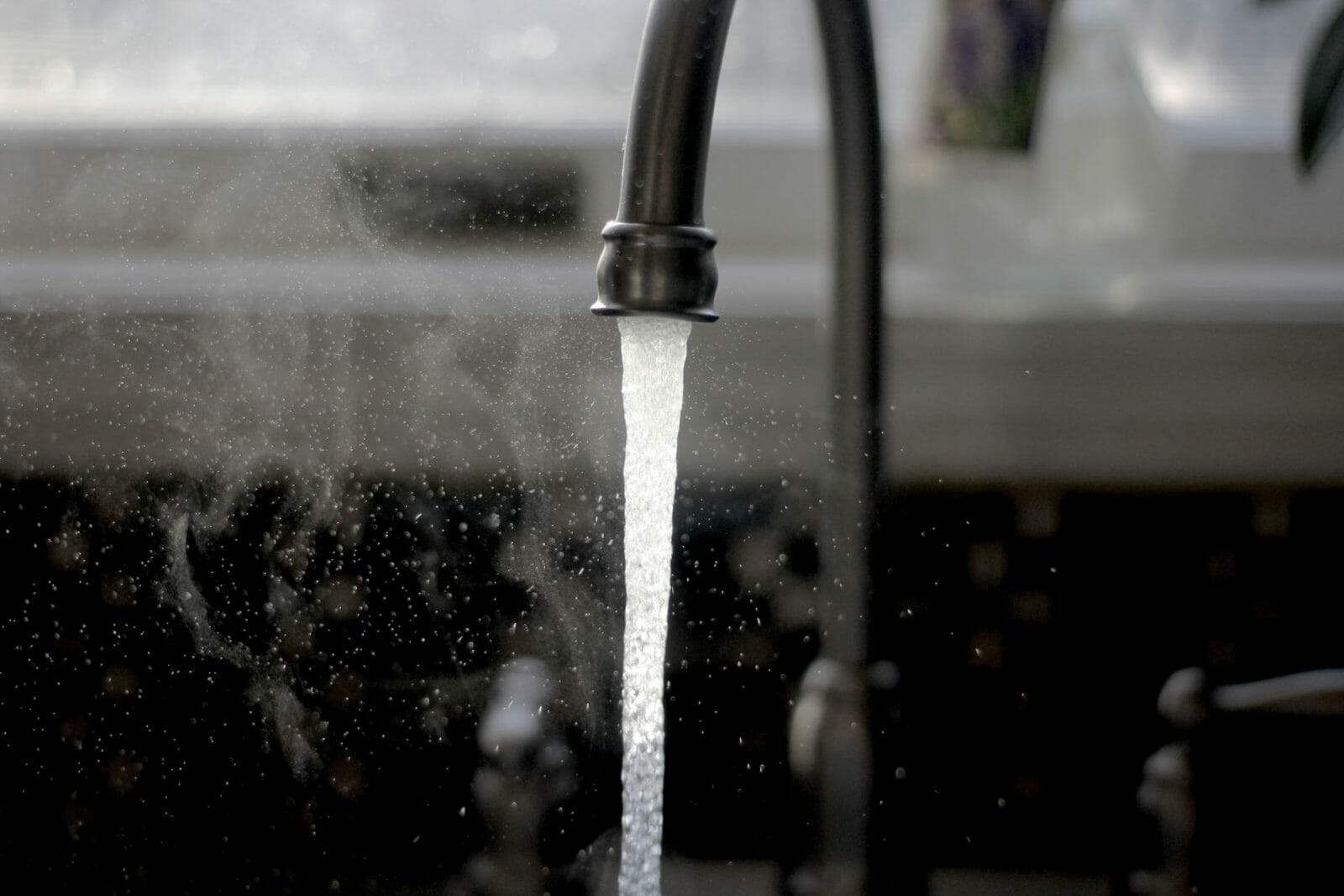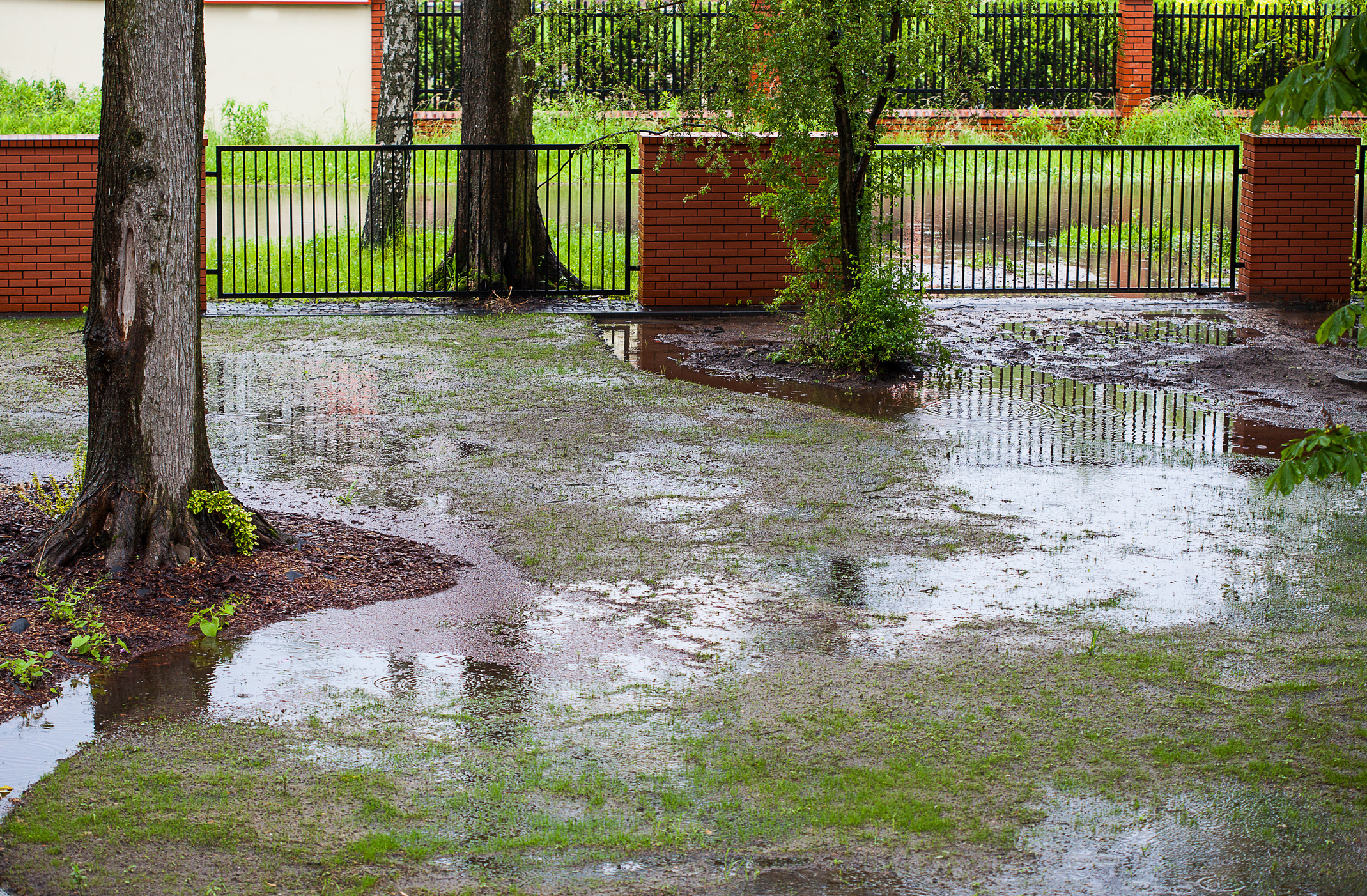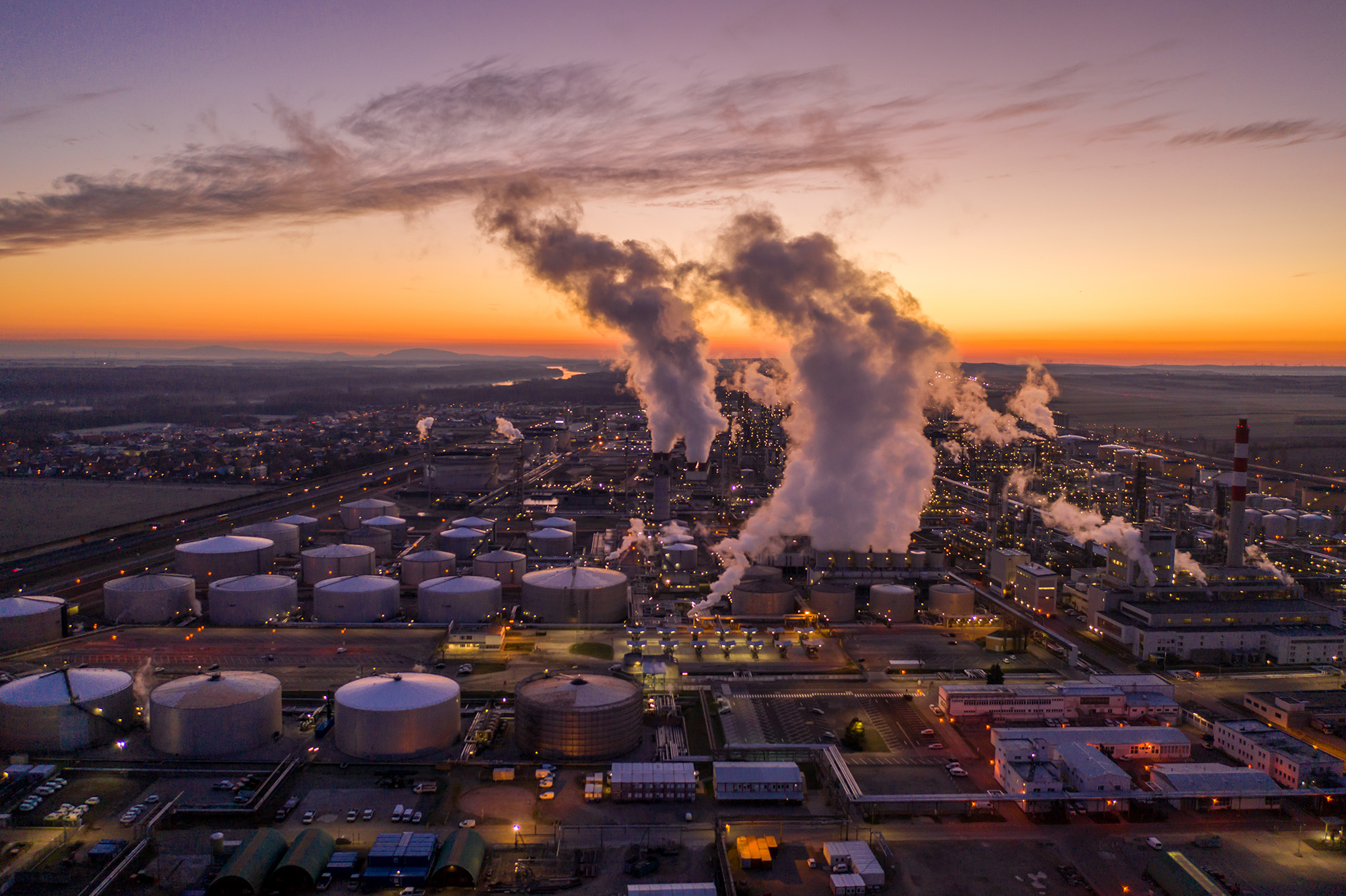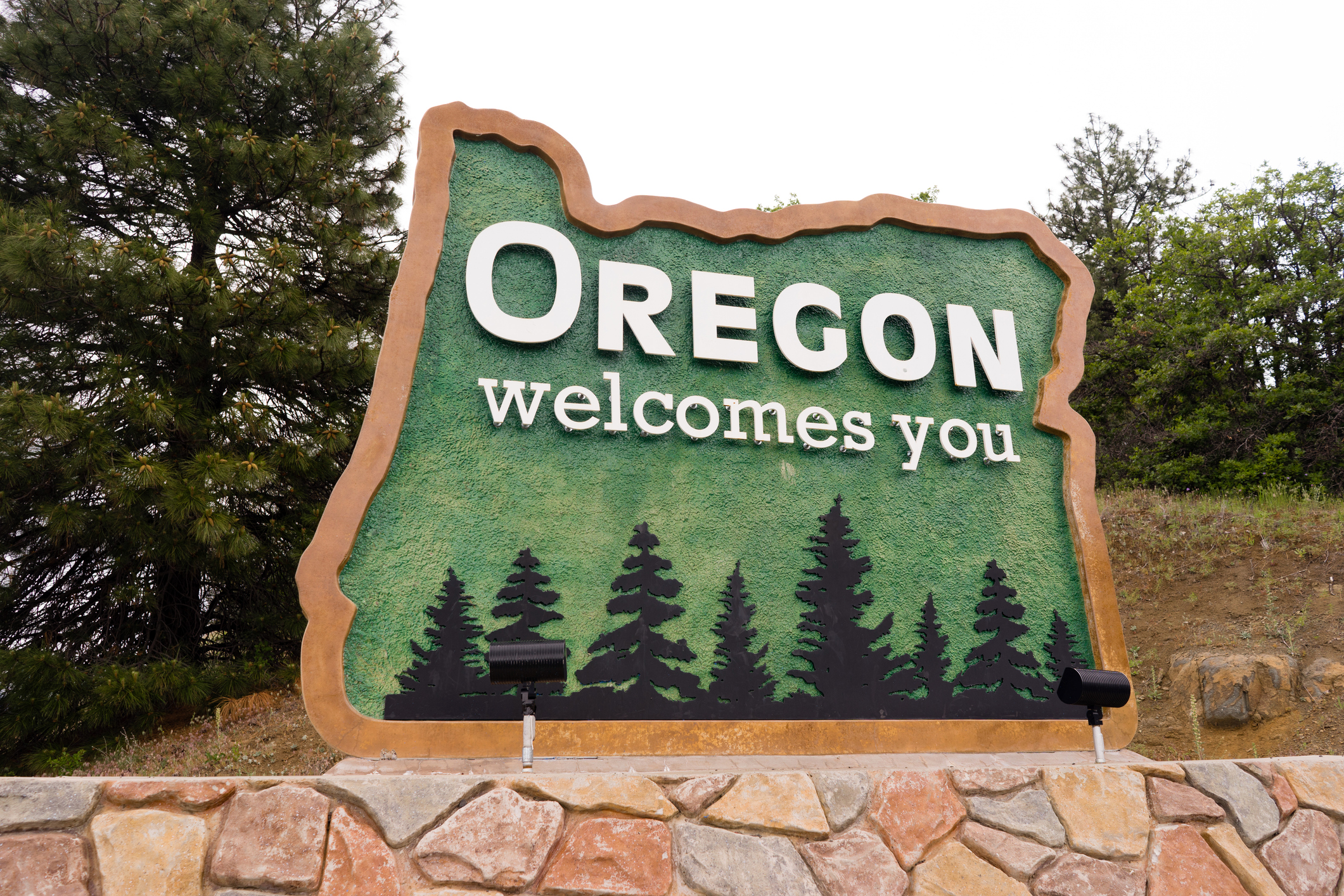Seattle, Washington
In a residential neighborhood in north Seattle, a home heating fuel release was discovered to have impacted five different adjacent properties. TRC was retained by an insurance company for one of the property owners to perform a site investigation to assess the impacts and develop a remedial approach on a path to regulatory closure.
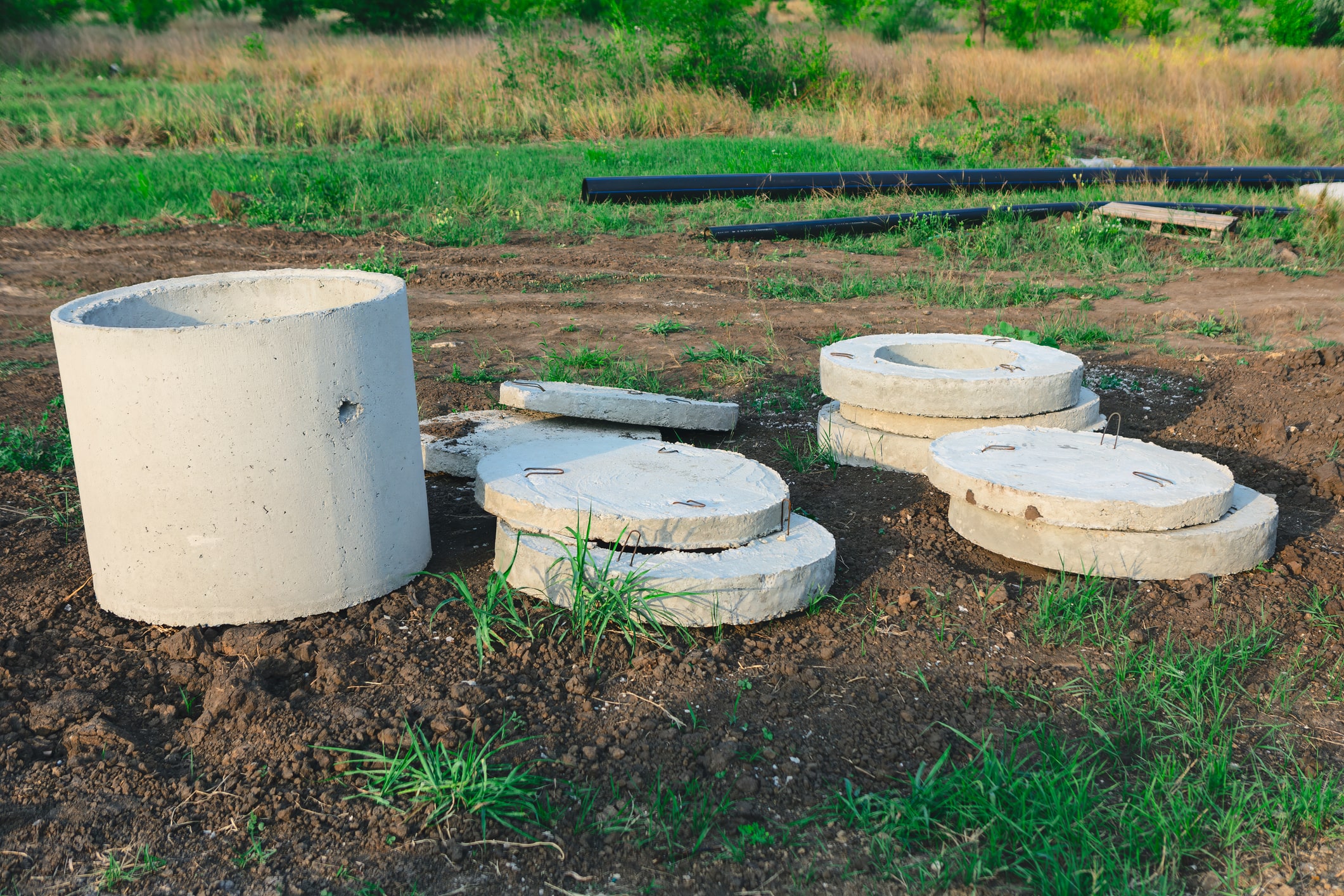
The “Site” comprised five separate properties with soil, soil vapor, groundwater, and indoor air impacted by diesel fuel (home heating fuel) released from an underground storage tank (UST). TRC coordinated with other property owners and their counsel to gain property access for the investigative and remedial activities.
This residential setting proved to be technically challenging to conduct an investigation because the work space was limited by the existing structures. To accommodate this environment, TRC carefully planned and executed a multi-phase contaminant investigation to assess the extent of the impacts to soil, soil vapor, groundwater, and indoor air with several different technical approaches. Various drilling methods and media collection techniques were used in the limited space at the Site in order to obtain representative samples for analysis.
TRC used the results of the investigation to define a site-wide cleanup action plan. The cleanup action approved by the Washington State Department of Ecology (Ecology) included remediating soil by excavation and remediating groundwater by removing light non-aqueous phase liquid (LNAPL) and bio-chemical treatment. Impacted soil was removed using shoring and geo-technically challenging slot-cutting techniques coupled with the immediate introduction of structural fills to both remove and encapsulate contaminated soils. TRC safely performed this major soil excavation and installed bio-chemical groundwater amendments along with groundwater remediation system infrastructure down to 30 feet below ground within this compact residential setting.
Related Projects
Discover the success we’ve had with helping our clients execute major projects and make a meaningful impact on their local communities.
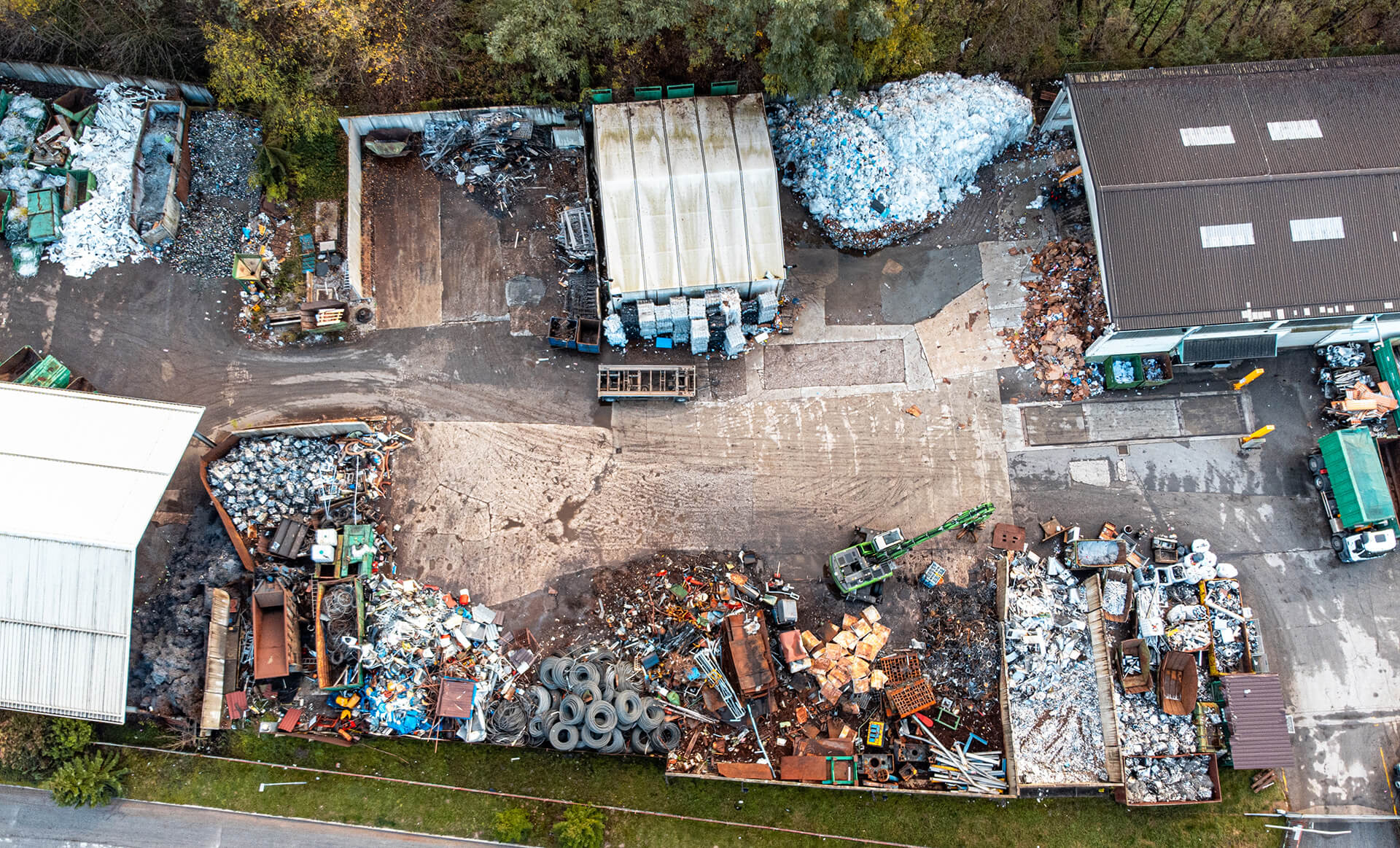
E-Waste Remediation at Former Recycling Facility
Developing Tailored Climate Adaptation Strategies to Safeguard Operations
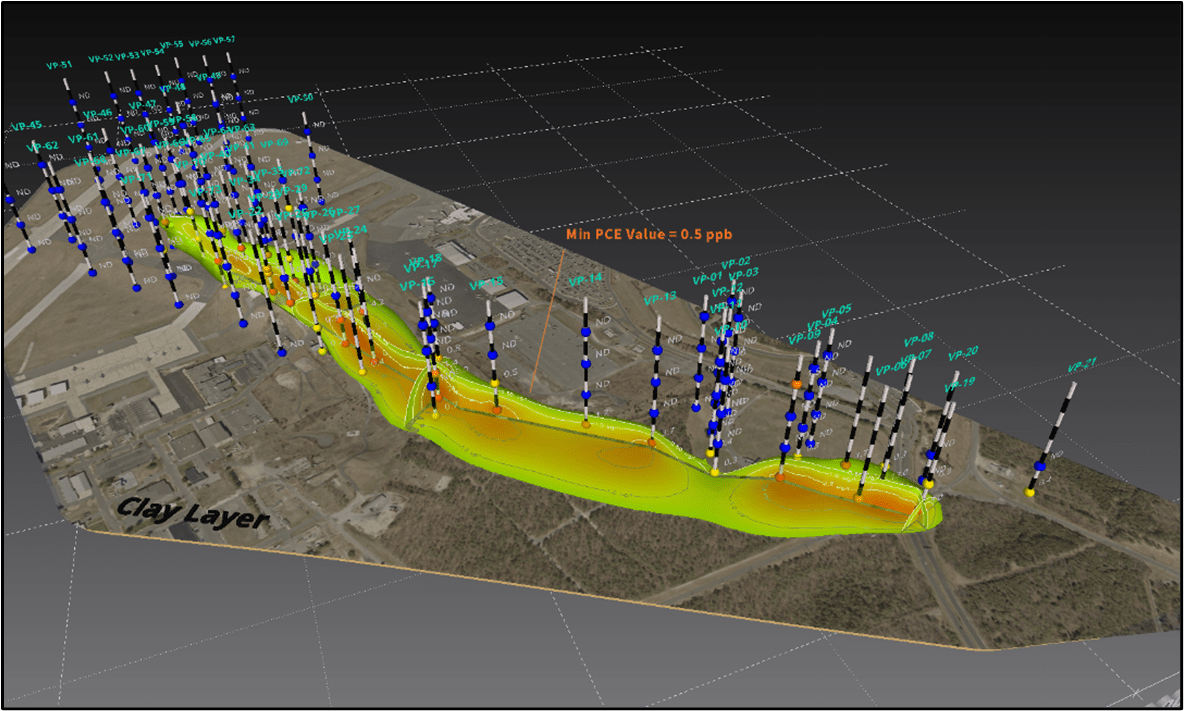
3D Visualization of PCE in Groundwater using Earth Volumetric Studio (EVS) Software
TRC implemented an innovative modeling and visualization approach leveraging the power of 3D volumetric technology.

Creating Solutions: Organic Disposal Reduction Status Impact Reporting
TRC became one of the first firms to successfully complete a Status Impact Report (SIR) in accordance with California’s effort …

Transaction Advisory Services – $7B Reshore Acquisition by a Global Private Equity Firm
TRC provided Transaction Advisory Services to a private equity firm in its acquisition of a $7B cloud technology company.
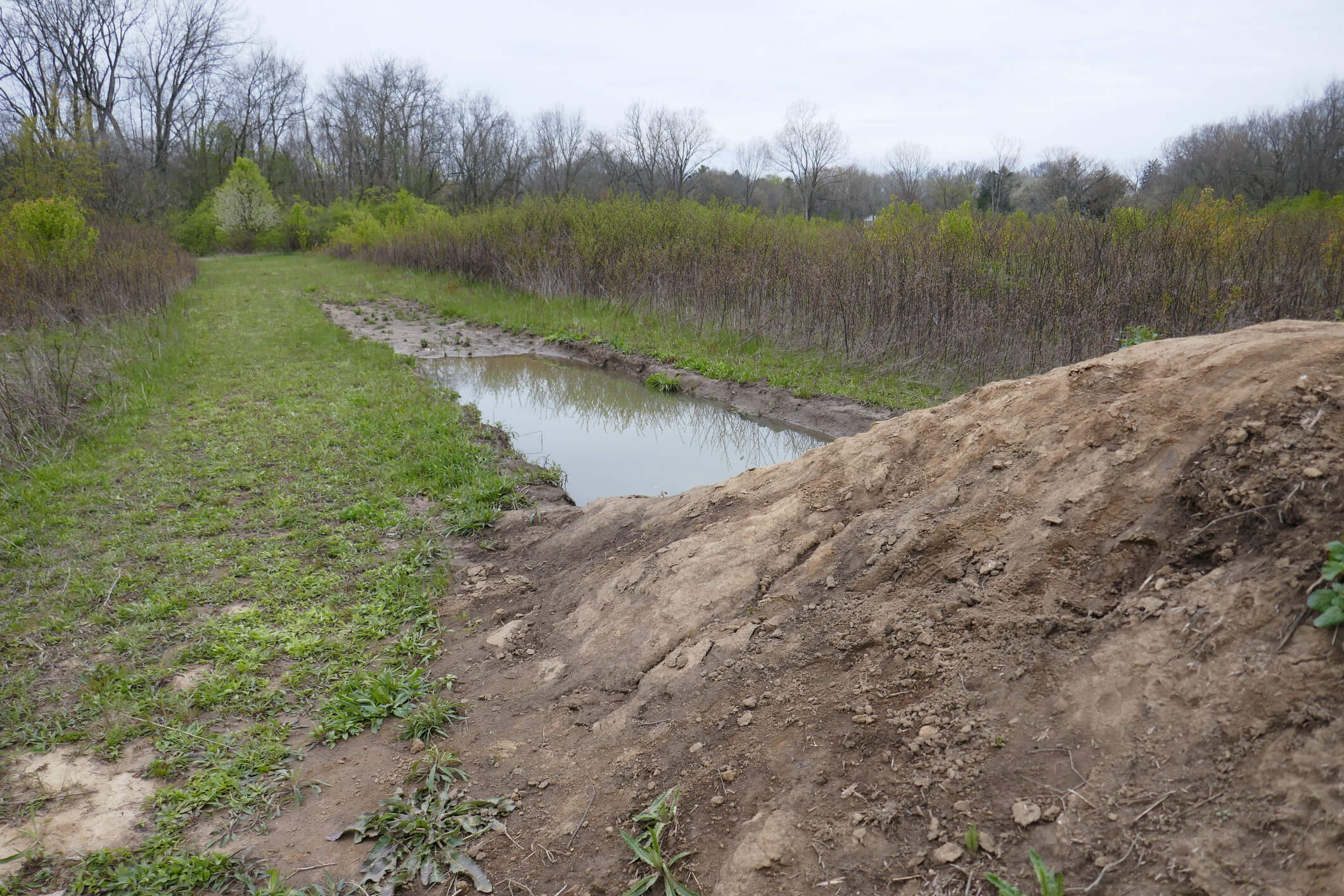
Soil and Groundwater Impacts at Whitneys Chevrolet
TRC delivered design, procurement, and construction services for 38 miles of transmission lines, two substation expansions, and equipment upgrades at …

UST Decommissioning and Remediation for Residential Properties
TRC performed extensive environmental investigations and remedial actions at several contaminated in-town properties in Port Gamble, Washington.
Sharing Our Perspectives
Our practitioners share their insights and perspectives on the trends and challenges shaping the market.
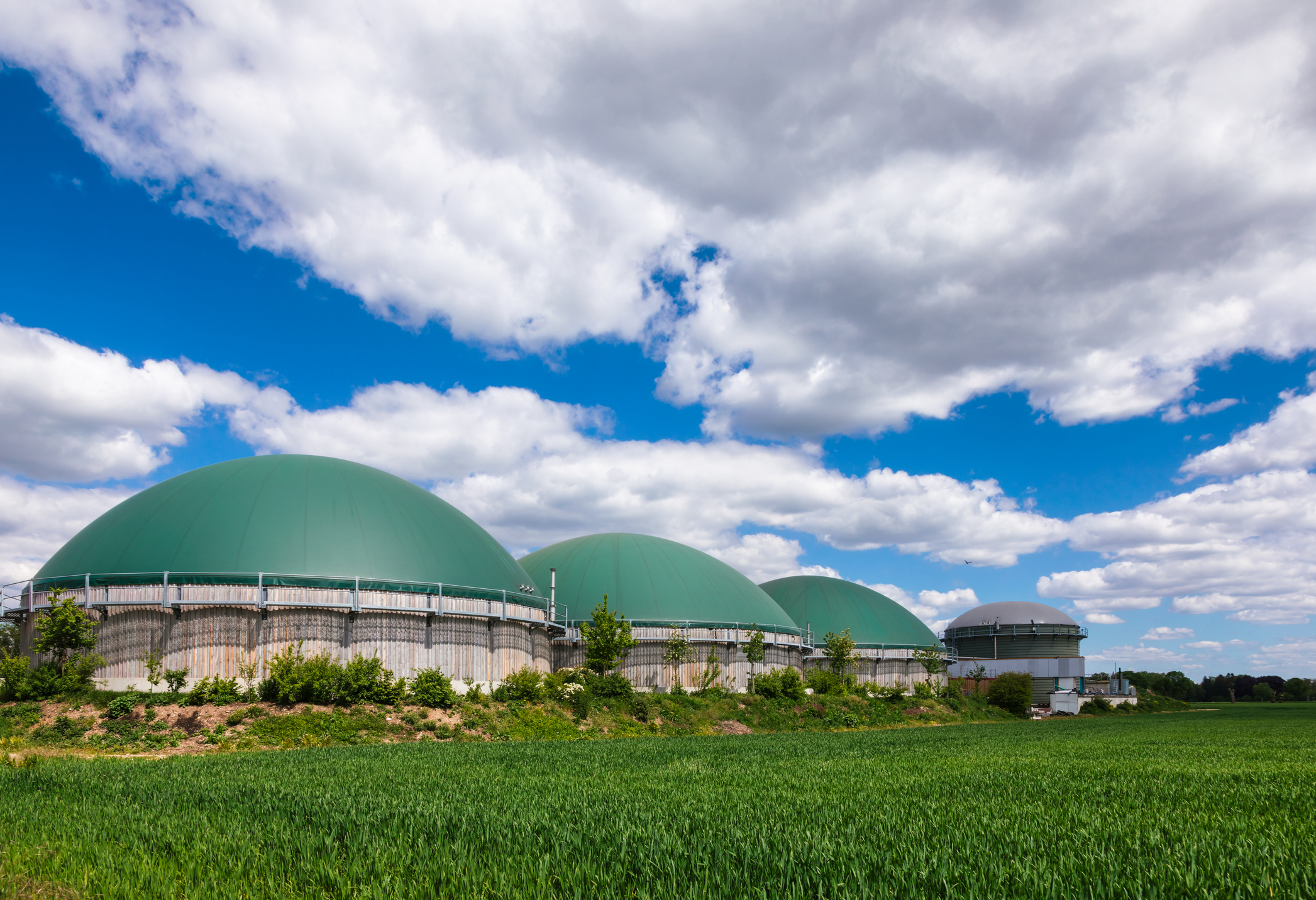
TDU Webinar- Bioventing Residual LNAPL Plumes
August 27, 2024
TRC’s expert discusses the basics of hydrocarbon bioventing and bioventing system and well design. Two case studies are also provided to demonstrate examples of bioventing source remediation and the installation of a bioventing system at a refinery and a bulk fuel farm.

Microplastics ITRC Guidance Document and Training Available Soon!
February 23, 2023
Microplastic particles have been found in nearly every corner of the globe, but health effects and toxicity are only beginning to be understood. Because of their ubiquitous nature, microplastics present a challenge in both accurate sampling and source attribution. Microplastics are emerging as an environmental issue that regulators and industry will be increasingly focusing on in the coming years.

Odor Evaluation Services
February 23, 2023
TRC is nationally recognized as an expert in the field of odor measurement, identification, modeling and control engineering. This presentation includes an overview of odor properties, odor evaluation, modeling and odor thresholds and outlines the four sensory properties: detectability, intensity, character and hedonic tone.
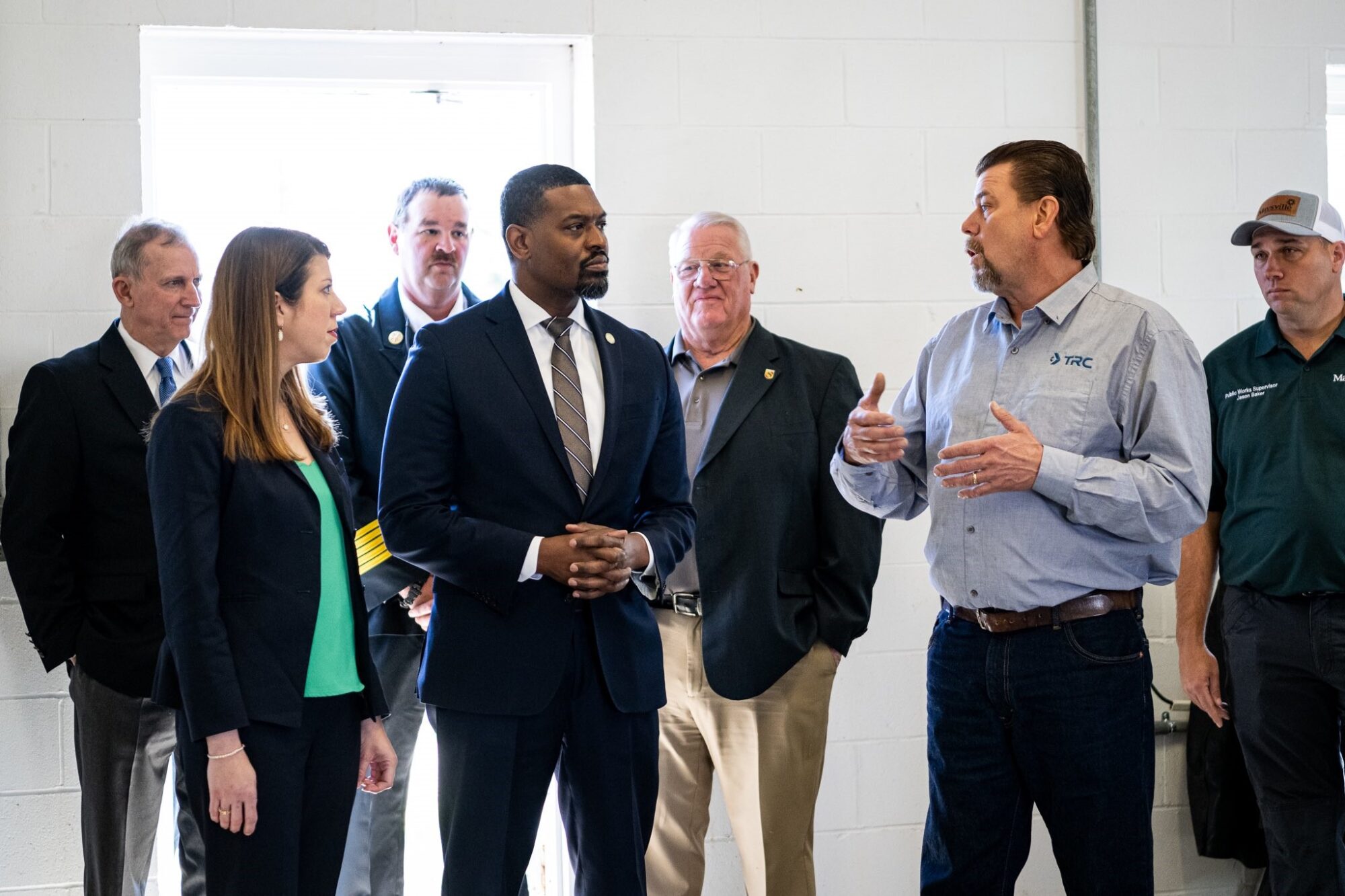
EPA Announces $2 Billion in Funding to Address Emerging Contaminants in Drinking Water
February 14, 2023
Environmental Protection Agency Administrator Michael Regan announced $2 Billion in infrastructure funding to help the nation’s rural water supplies.
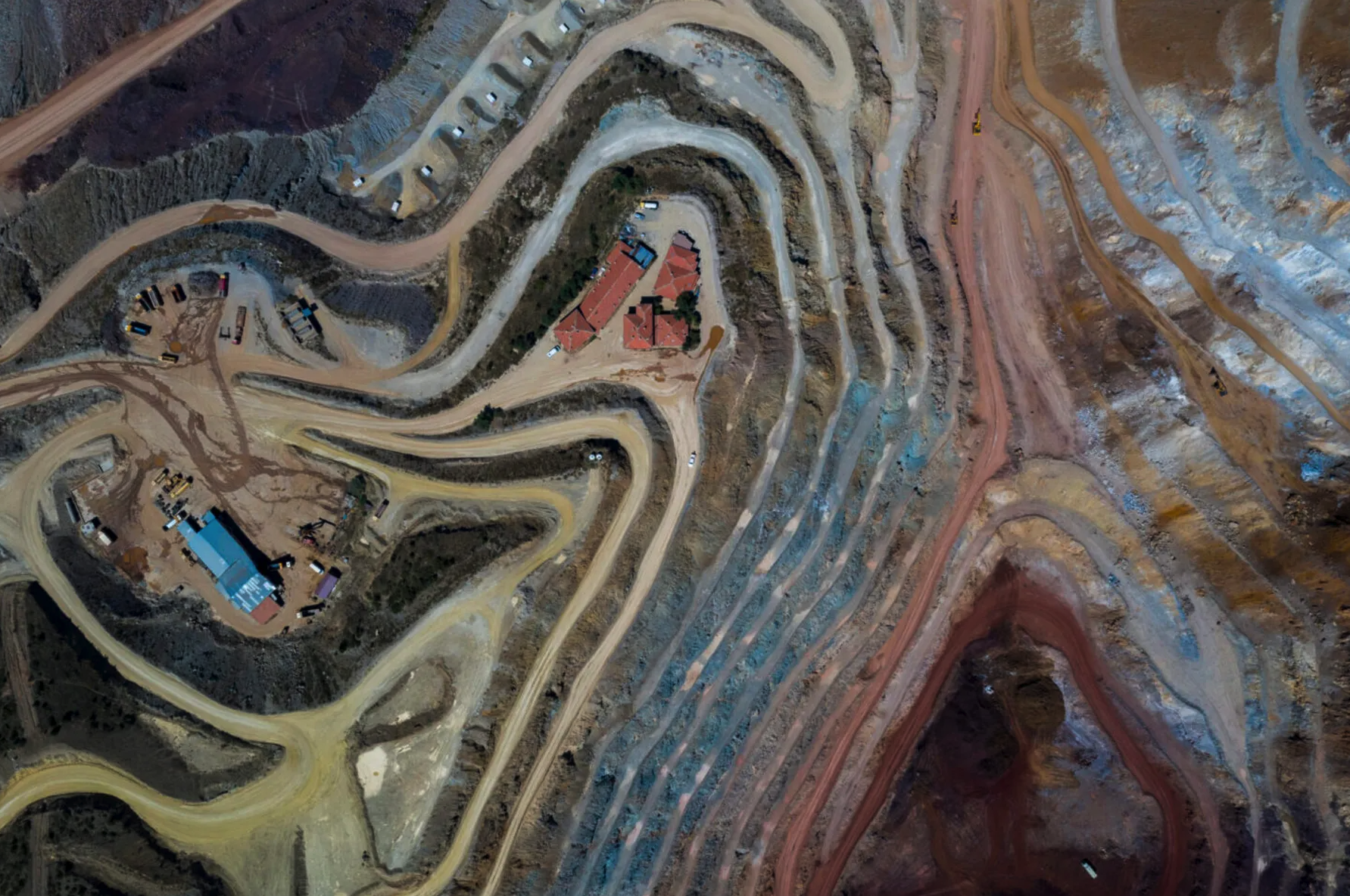
Metals 101
February 8, 2023
Metals are naturally occurring elements in the Earth’s crust that enter the environment through natural processes. They can be found in groundwater, soil and sediment. The trophic transfer of these elements in aquatic and terrestrial food chains has important implications for wildlife and human health.
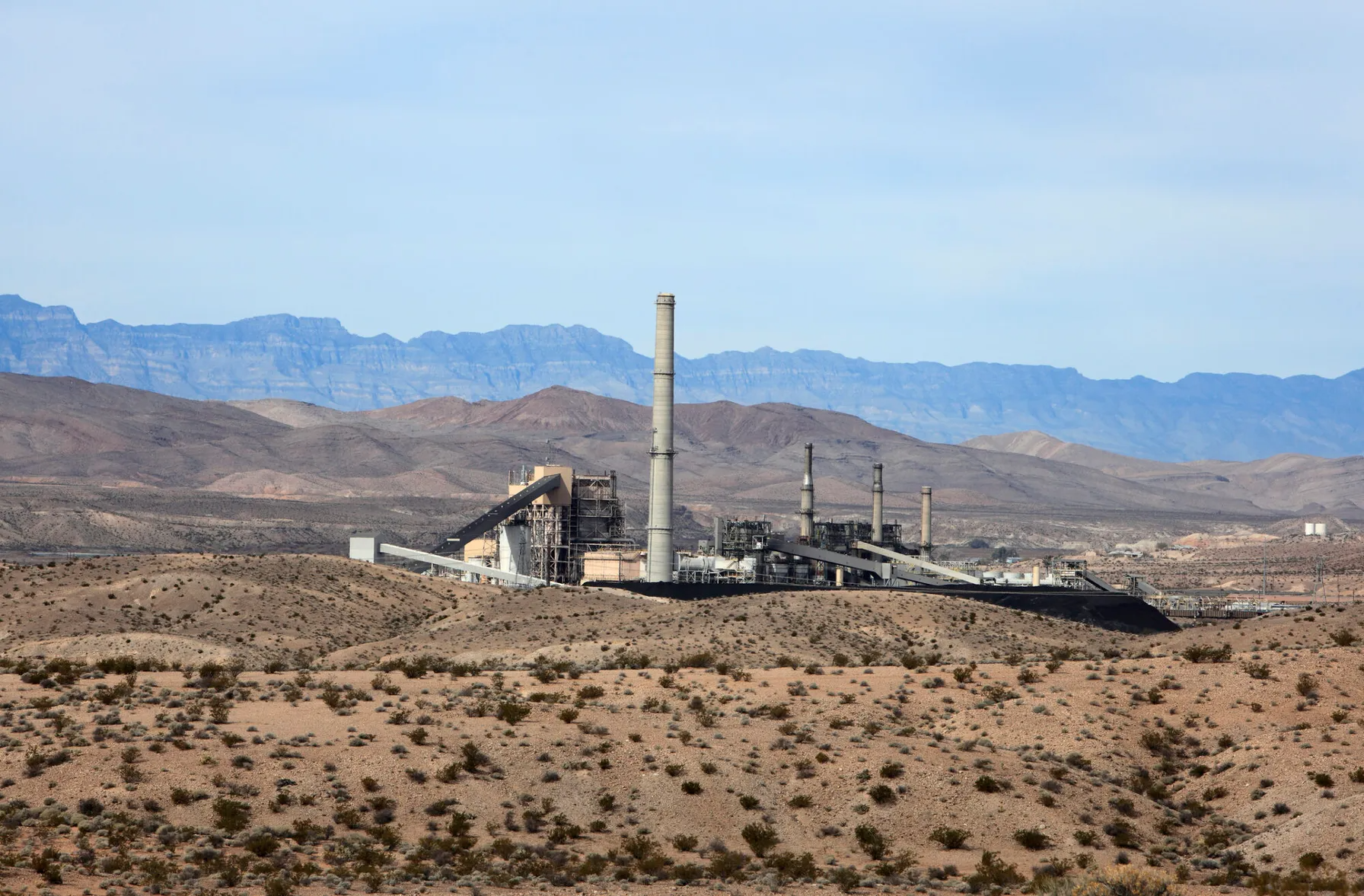
Biotic and Abiotic Reduction to Achieve Groundwater Compliance at CCR Sites
November 22, 2022
TRC conducted two case studies to test different EA strategies. In both studies, chemical and biological reduction to stabilize metals at former CCR sites were evaluated.

Implementing bioremediation at environmental cleanup sites: TRC experts weigh in at leading industry conference
May 17, 2021
TRC experts make several presentations at the Battelle conference about innovative approaches they have developed for implementing and monitoring bioremediation and the use of naturally-occurring or deliberately-introduced micro-organisms to break down environmental pollutants.
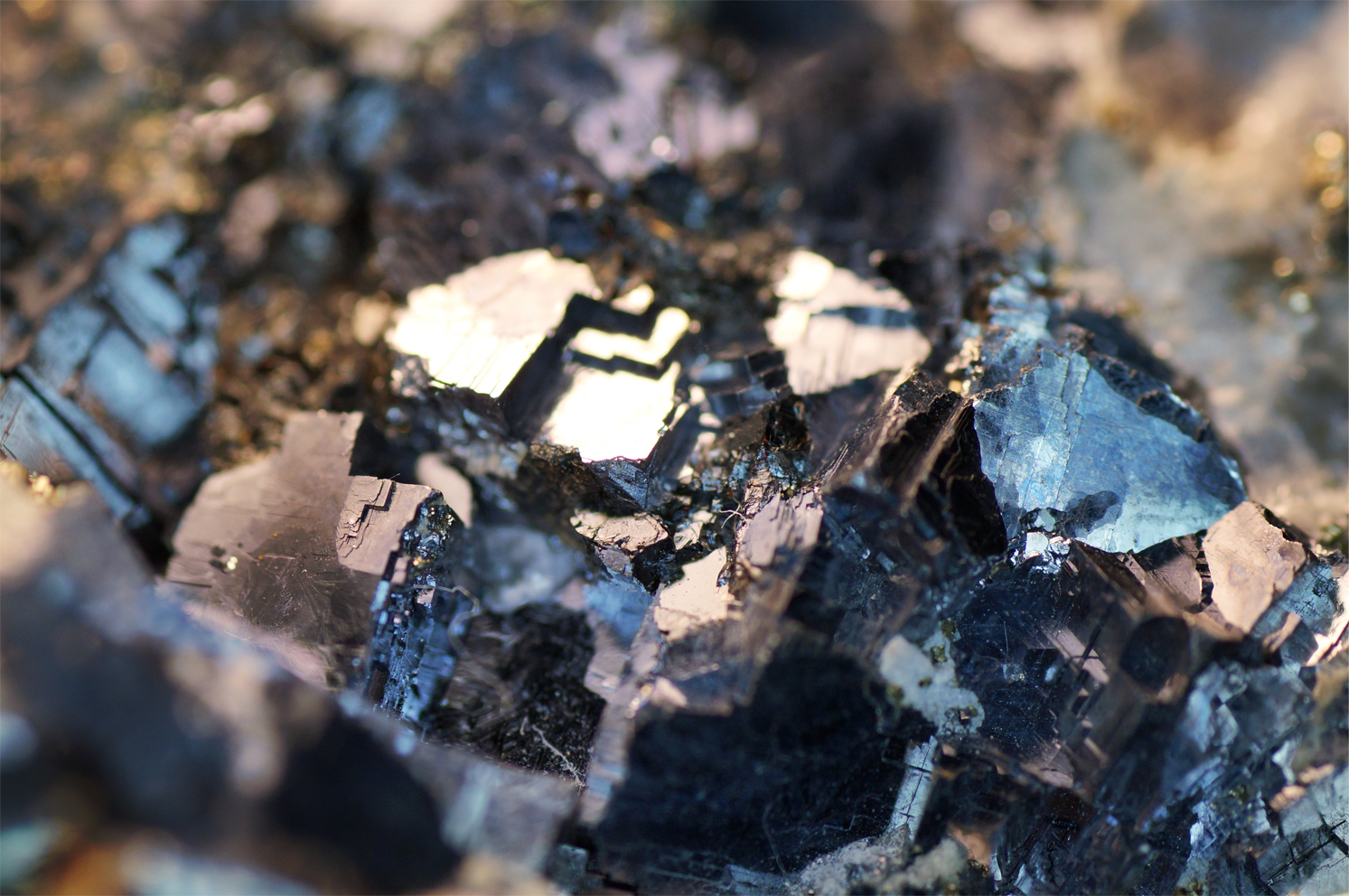
Iron sulfide: The “miracle mineral” in environmental remediation
April 26, 2021
Whether it’s treating an arsenic spill at a railroad site in Wisconsin or releases of chromium and other metals or metal-cleaning solvents at manufacturing sites in California, New Jersey, and South Carolina, a mineral marrying iron and sulfur -iron sulfide- is emerging as a powerful and versatile tool in the environmental remediation toolbox.

TRC Awarded a Yahara WINS Grant
August 28, 2020
TRC was recently awarded a Yahara WINS grant to develop a pilot scale simple aeration method for removing phosphorous from the discharge of manure digesters. The grant application was developed and submitted by: Bob Stanforth, Alyssa Sellwood, Mike Ursin, Ted O’Connell, Ken Quinn, and John Rice, who are members of multiple TRC CORE teams.

Ecological Risk of PFAS from AFFF-Impacted Sites
June 30, 2020
The facts on evaluating exposure to wildlife

Empowering Stakeholders to Co-Create Solutions that Address Inequity
April 23, 2024
Addressing inequality and ensuring that the benefits of the clean energy transition are accessible to all requires close examination of long-relied-upon processes that may have hidden inequities ingrained within them.
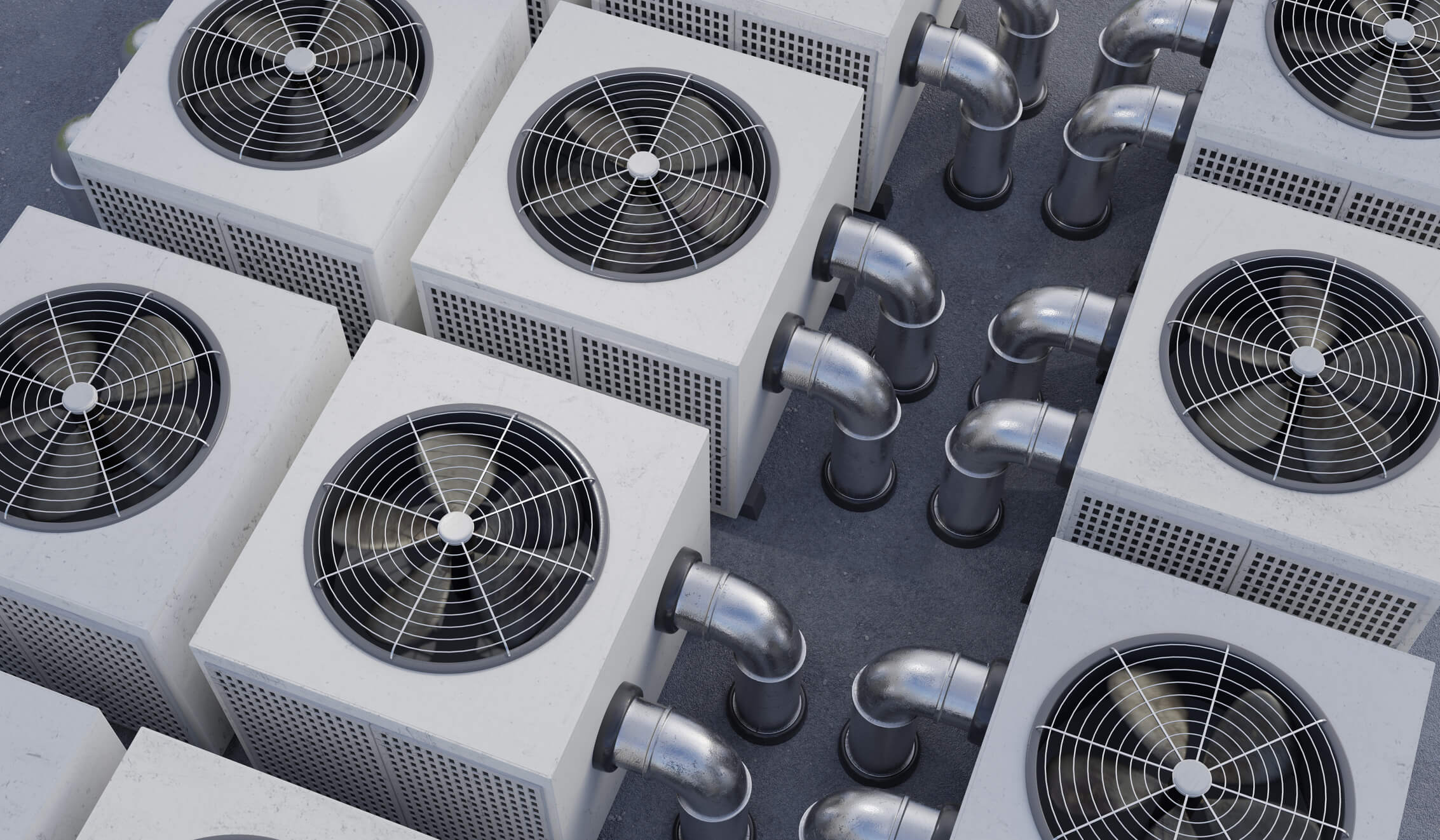
Vapor Intrusion Mitigation – Let Me Count the Ways
March 2, 2020
Industry’s increased focus on vapor intrusion has escalated to the point where we regularly receive calls from clients saying, “Help! I have a vapor intrusion (VI) problem! How much will it cost to fix?” New technologies are emerging, offering multiple methods of mitigating indoor air inhalation risks and meeting increasingly stringent screening levels.

EPA Revises Regulations for Air Conditioning and Refrigeration Equipment
March 1, 2018
The EPA’s has revised its regulations regarding ozone-depleting refrigerant. Learn more about the new rules, which go into effect in 2019.
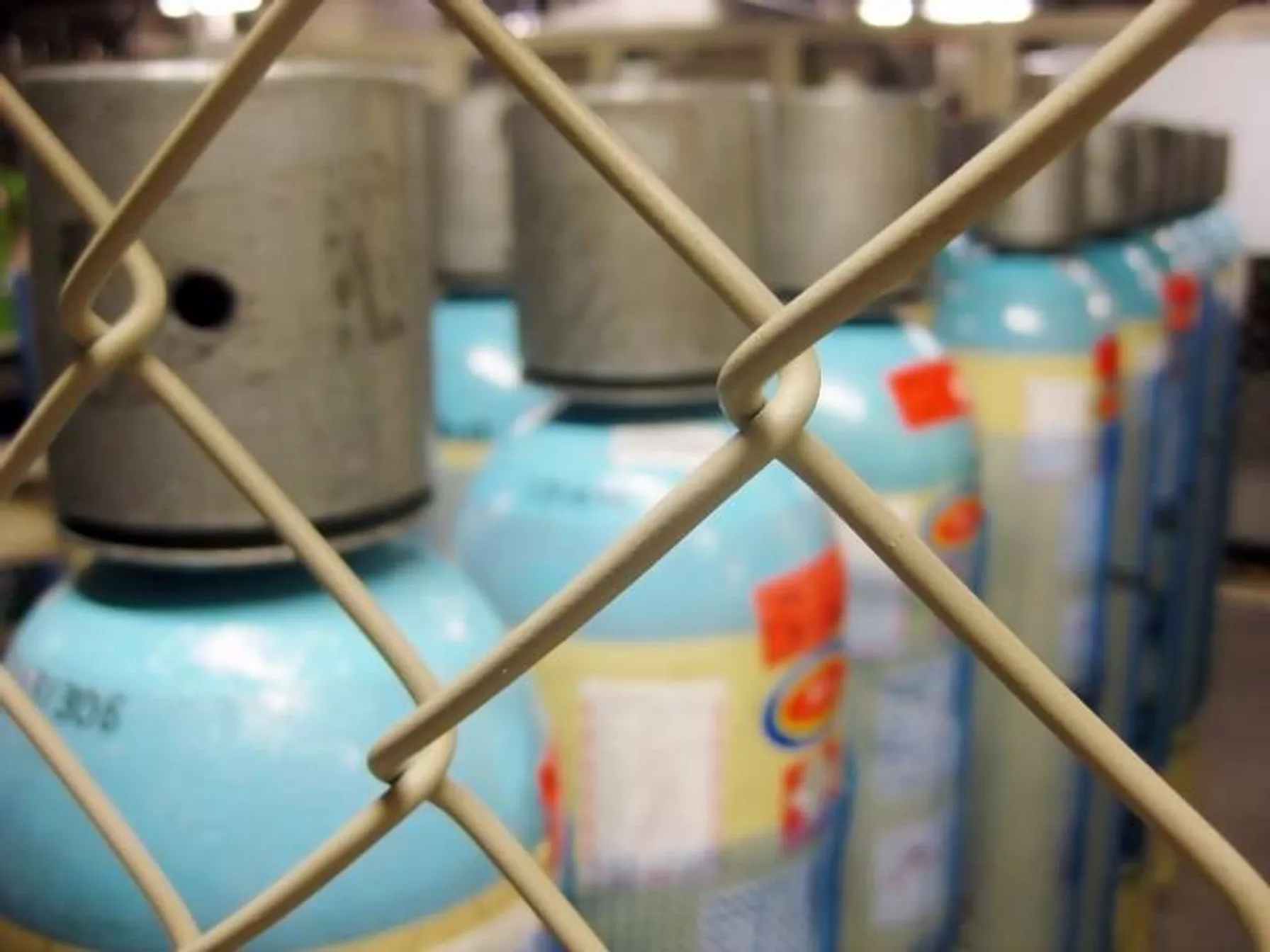
Security Stew: How to Follow the Federal Regulatory Recipe for Safe Chemical Storage
September 19, 2017
Three different federal agencies regulate the storage of chemicals at facilities in the United States – and each for different reasons. Learn about the various rules from the alphabet soup of agencies (DHS, EPA and OSHA) involved and how to keep your business compliant.

